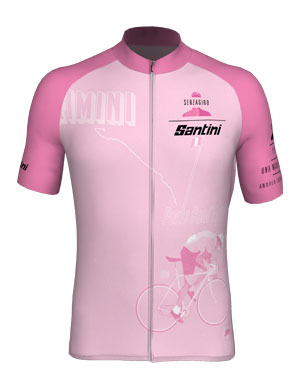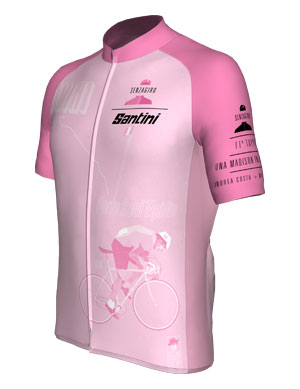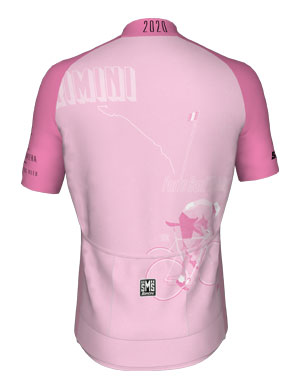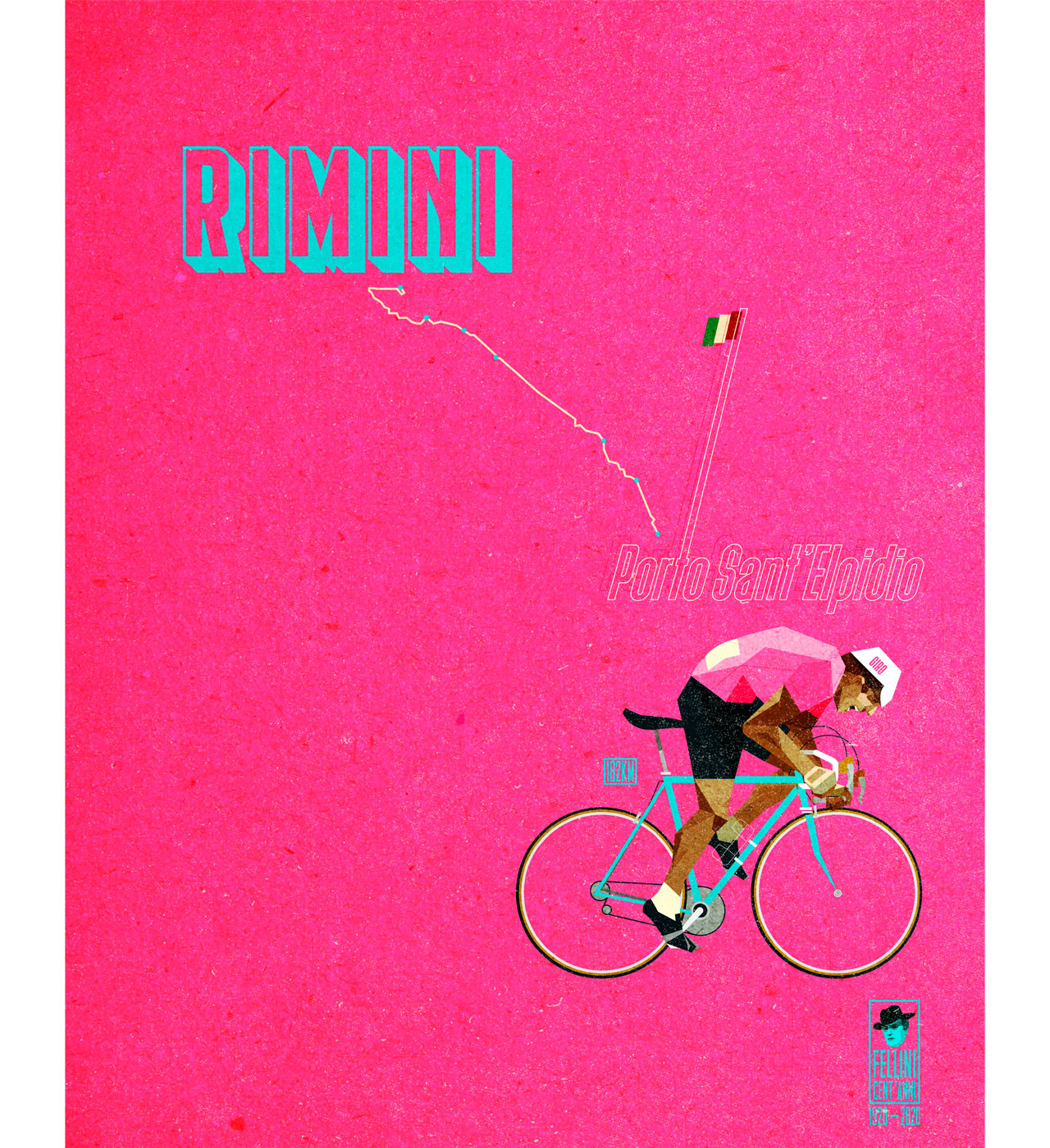
The 11th stage seemed like a done deal. An easy climb northward with a sprint finish. A day promising little drama as most of the 181 kilometres of racing would be on State 16, an A road running through a strip of land, bordered by sea and hills, so metropolitan in character it’s been called Adriatic City: a continuous repetition of houses, factories, shopping malls, beaches and harbours linking the historic coastal towns like a daisy chain. A landscape that might remind you of Romagna but for the ridges and valleys snaking down to the sandy coast. It all began slowly with even the usual breakaway kamikazes seemingly taking the day off, perhaps distracted by the sea-views, or in expectation of the nine hills awaiting them on the morrow. So for the first 100 km, the peloton, guided by the sprint specialists, flowed at an easy pace through the towns of Porto Recanati, Falconara, and Senigallia - where only two months before, the famous sports journalist, Gianni Mura, passed away. Then on through Fano, and all watched by crowds of people, craning their necks, keen to imbibe those few seconds of magic that only the Giro brings. A glimpse as fleeting as that of the mystery motorcyclist in Federico Fellini’s Amarcord, probably Italy’s greatest film, by probably its greatest director, and the man to whom the Giro’s arrival in Rimini arrival would be dedicated.
But then, at the Pesaro exit, everything changed. Here on a sharp 90-degree bend, just after the bridge, the pink jersey unexpectedly crashed, writing off his bike. Was the cause a momentary lack of concentration or an errant water bottle? No one knew but the result remains - Nibali is down - and with him another 30-odd riders. Luckily, the pace was slow and no one is seriously hurt but all are seriously shaken. Displays of fair play in grand tours have almost become routine, some might argue, perhaps, even to the detriment of true racing, when all action remains in limbo until the leader, or the day’s favourites, have been allowed to resume their positions. But not today.
With a bandit-like action, one of those ungentlemanly moves like the ones which enlivened the bike races of the early 20th century, Davide Ballerini and his team companion Iljo Keisse, (a formidable 6-day specialist, who in Brindisi had almost pulled off a smash and grab surprise win) decide to sprint away. For a few moments no one moves, as the attack seems to break the unwritten rules of modern cycling. Very quickly it becomes clear, however, that this is serious and so another 4 pairs of team mates: Černý e De Marchi (CCC), Howes e Craddock (EF), Neilands e Dowsett (ISN), Pozzovivo e Campenaerts (NTT) give chase. Though there is little climbing ahead, the road, until Gabicce Mare, is a continuous series of bends, making the breakaway riders invisible to the chasing group. While Nibali is getting back on a bike - first a teammates’ and then his own, the five pairs are storming away. Cresting San Barolo the break stands at 90 sec. but there are still 70 km to go and pushing too hard now could be risky. Yet the breakaway riders continue to force the pace, changing places to keep up their speed. It is as if the stage had morphed into a Madison with only the hand touches missing - the spectacle the same as on a track - with the two partners helping each other by sharing the lead.
The peloton, meanwhile remains divided and incapable of reacting - so the break is on! No longer gaining ground, but not losing any either, the challengers continue. At Gabicce the route leaves the sea, as the arrival in Rimini will be via Sant’Arcangelo di Romagna, abandoning the wide lanes of the coast road in favour of a narrow, undulating country lane. It is border country here, between the hills and the plain, between Montefeltro and Romagna. The cyclists pass through the hamlet of Coriano where, in September 1944, the British Eighth Army fought a bloody battle to capture the last German defensive stronghold before the Po Plain, and where the Coriano Ridge Cemetery holds the graves of those 1,939 Commonwealth soldiers who died winning it. But this is not the moment to be distracted. The race runs at a frenetic pace. At high speed it enters a road which seems to sum up the true meaning of the stage; its name is San Martino in Venti. This translates as St. Martin of the Winds, like the side wind now blowing which helps the break and gives meaning to the race. The gap has now consolidated at around 70-80 seconds. At Sant’Arcangelo the road heads back towards the sea, taking in the last section of the Via Emilia, and beginning the last 10 km. Now fate turns in favour of the chasing pack. The sprinter chain gangs and the pink jersey position themselves to gain ground. Still the five breakaway partner cyclists, true professionals or upstarts, resist, losing a handful of seconds but not giving way.
Crossing into Rimini, only three bends remain before the start of the finishing straight along the seafront. The five groups continue racing as one. Only at the red marker, signalling the last kilometre, is there a moment of hesitation. For a few seconds they all ease off, a momentary slowing down but still enough to trigger the unexpected move. Victor Campenaerts surges forward, opening up a 30-metre gap and successfully defends it to the finishing line, reminding anyone who had forgotten who the hour record holder is. Such is the effort expended that no ounce of strength remains to raise his arms skyward in victory. But he has his revenge for that defective gear which cheated him out of certain time trial victory, not so far from here at San Marino, a year ago. 45 seconds later and even though the fight was only for eleventh place, the peloton crosses the line in a last gasp sprint. A revitalised Peter Sagan beats Mark Cavendish, another episode in their never-ending duel that runs from the 2017 Tour to the Budapest start.
Nothing much changes in the general classification with Nibali holding on to the pink jersey, though after yesterday’s black mood in Tortoreto, today’s fall seems only to bode ill for The Nine Hills of tomorrow.

This jersey will be signed by the stage winner and auctioned for charity at the end of the Senzagiro. Design curated by Fergus Niland, Creative Director of Santini Cycling Wear, based on a design by the illustrator Marcus Reed.



To view the stage and general standings and learn more about the Senzagiro project

